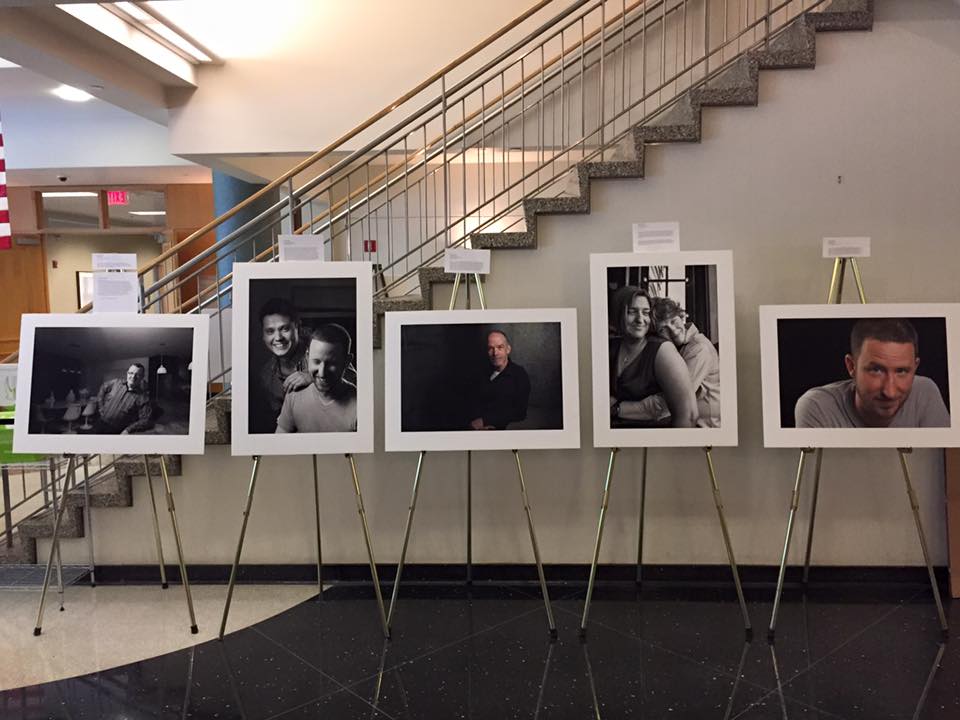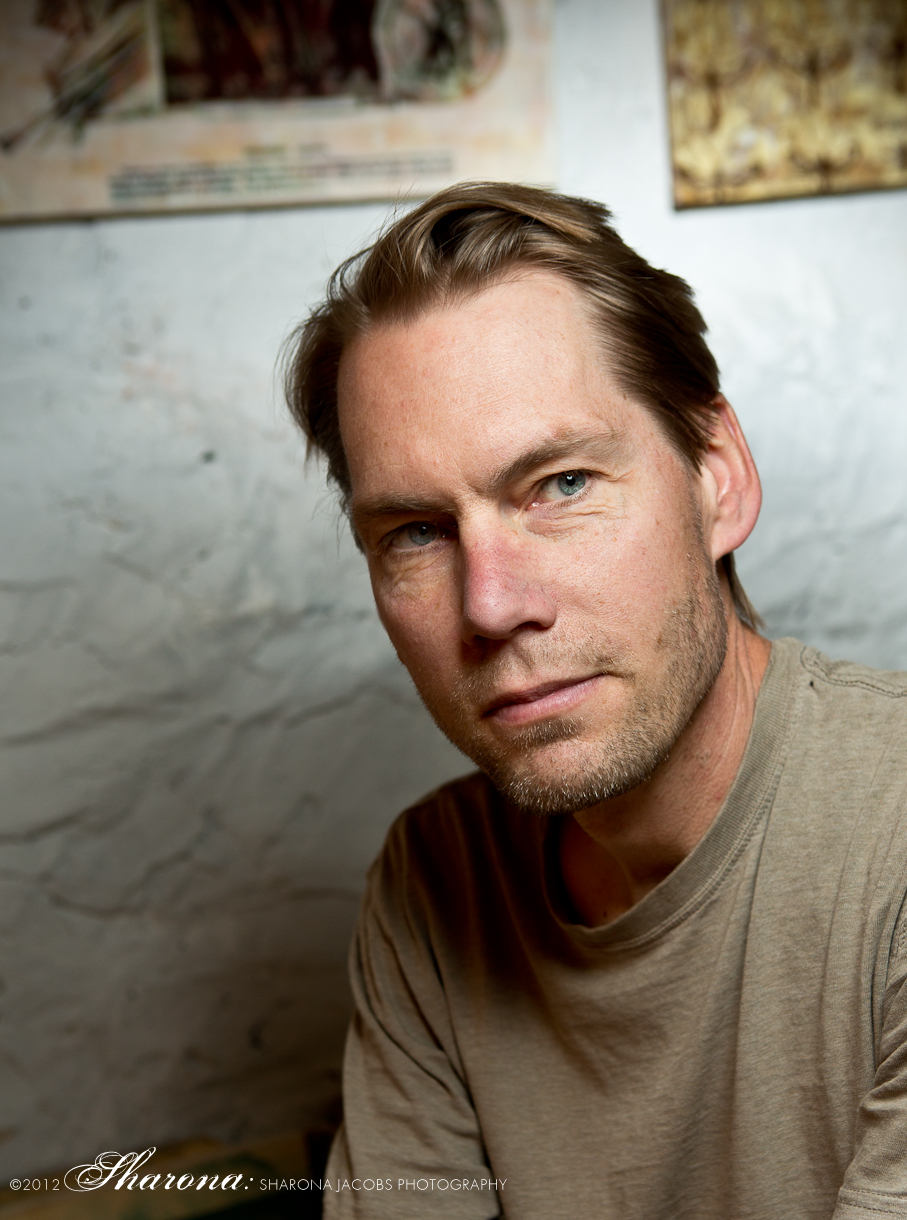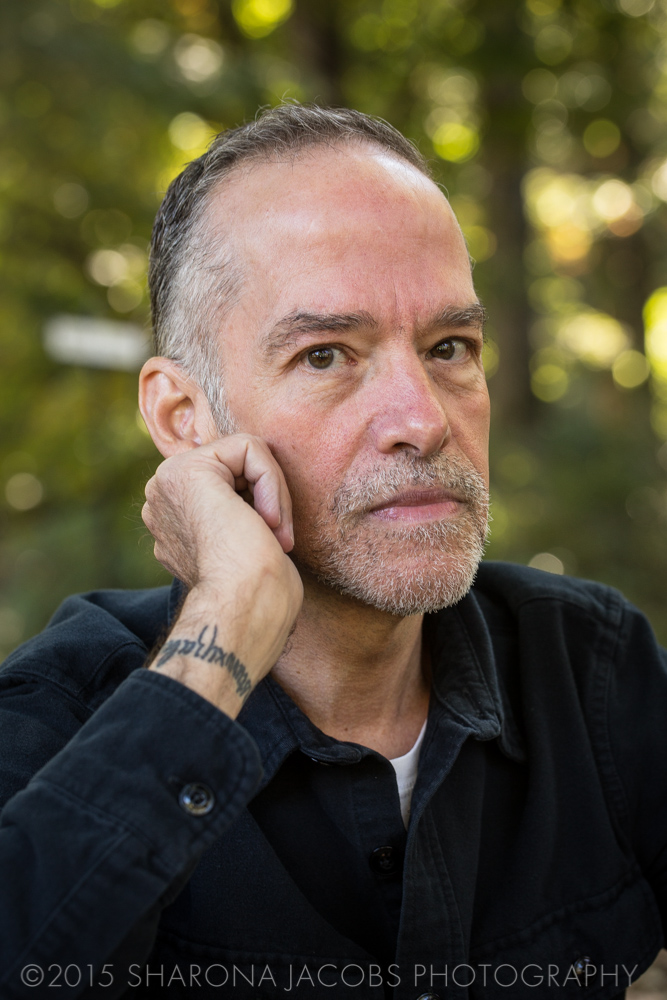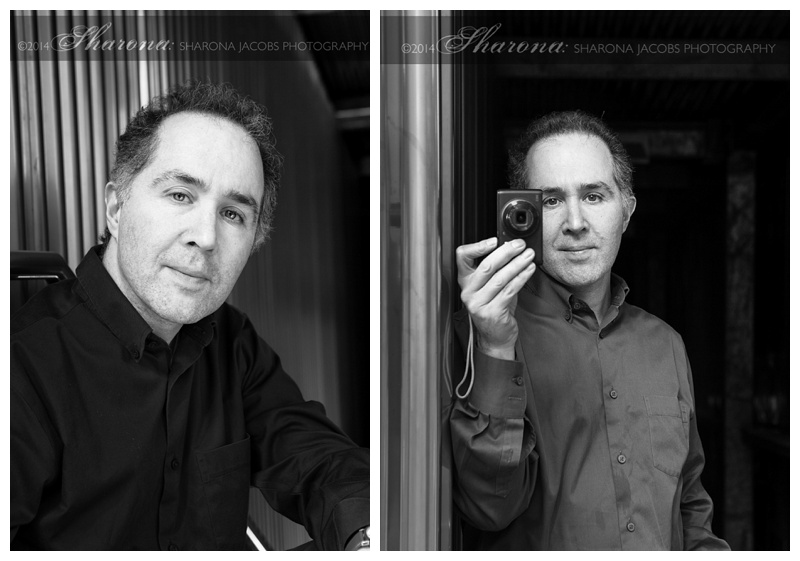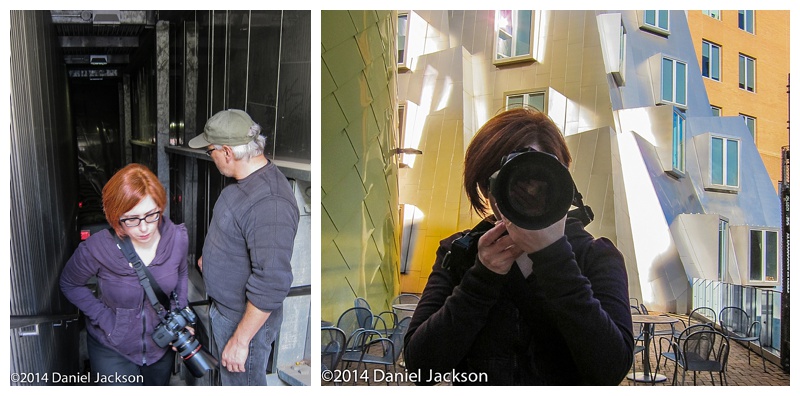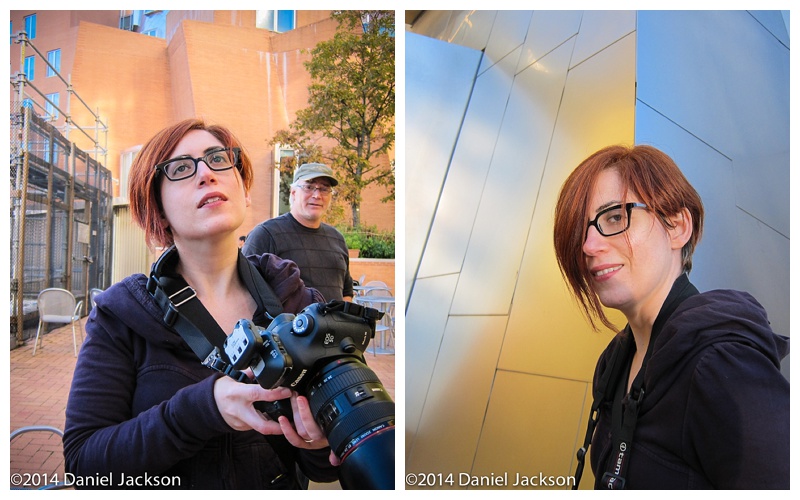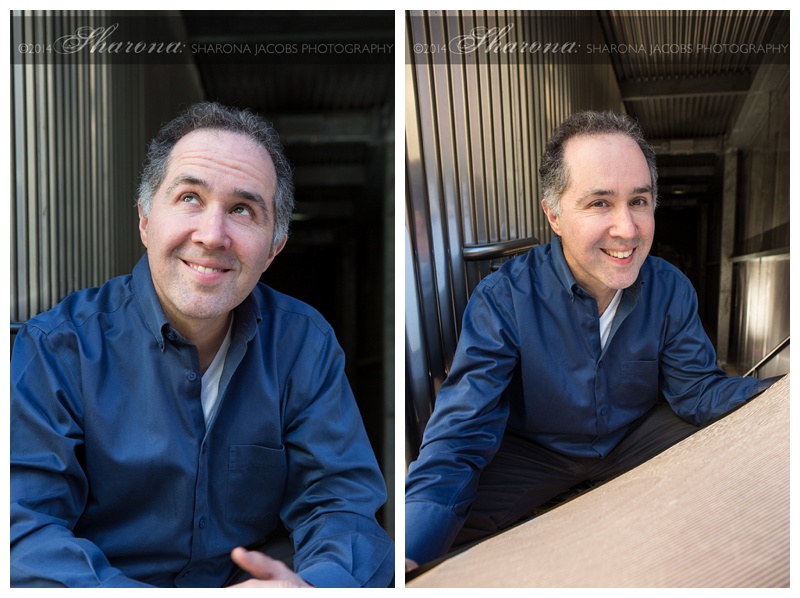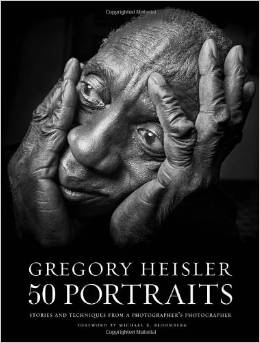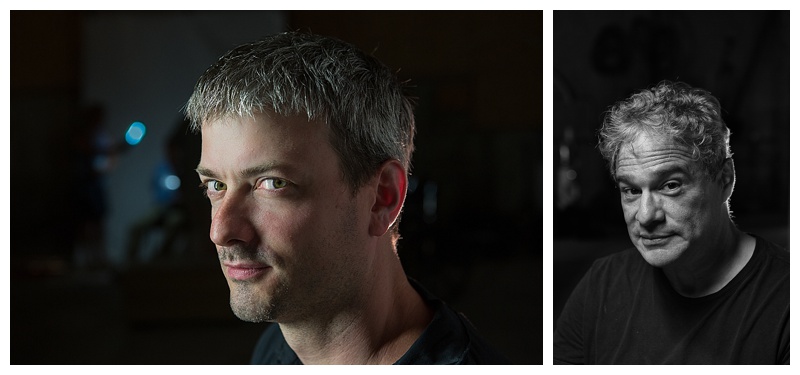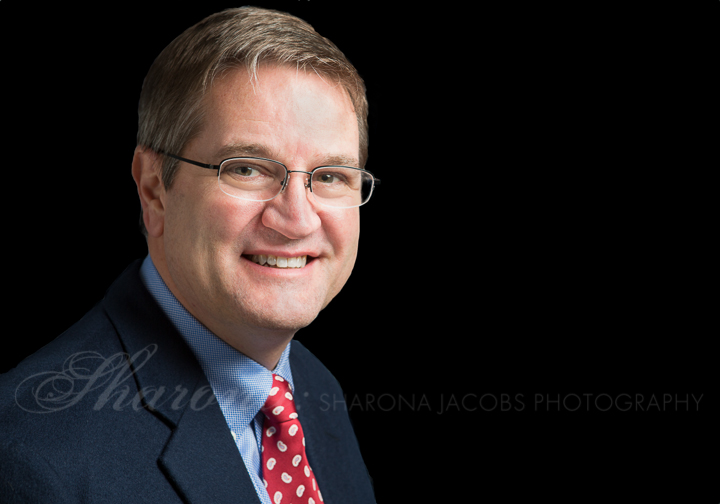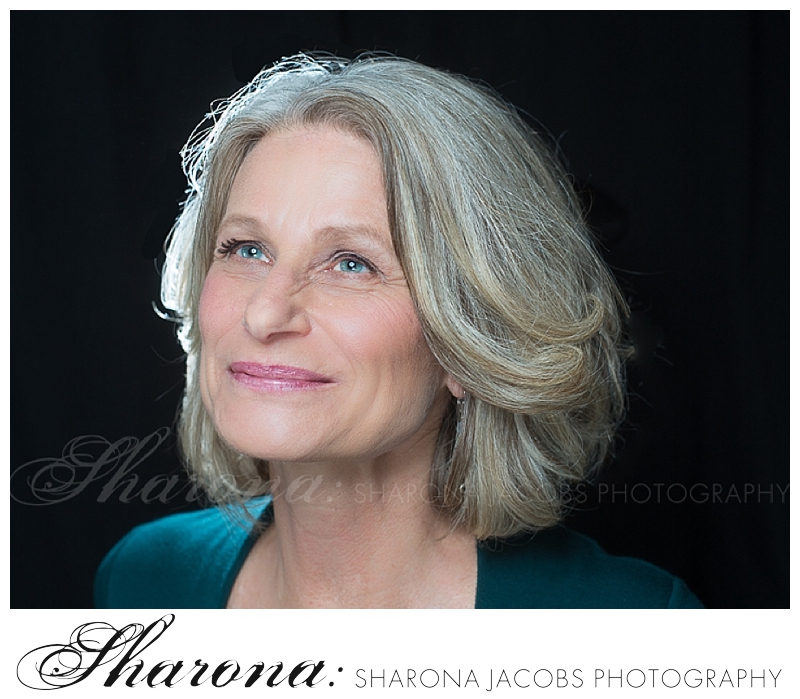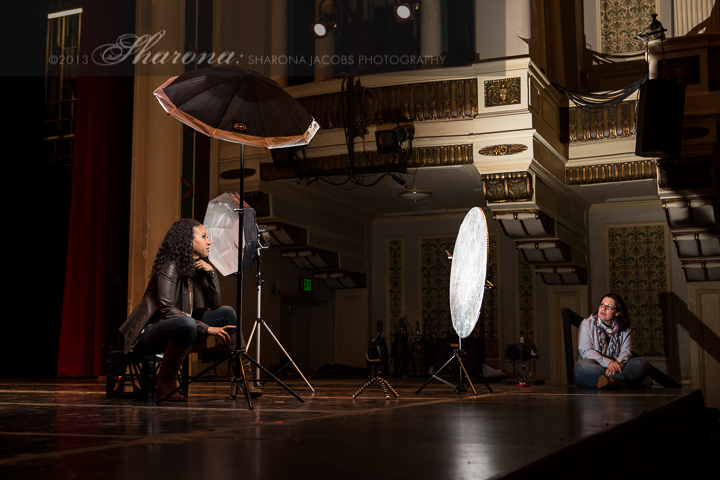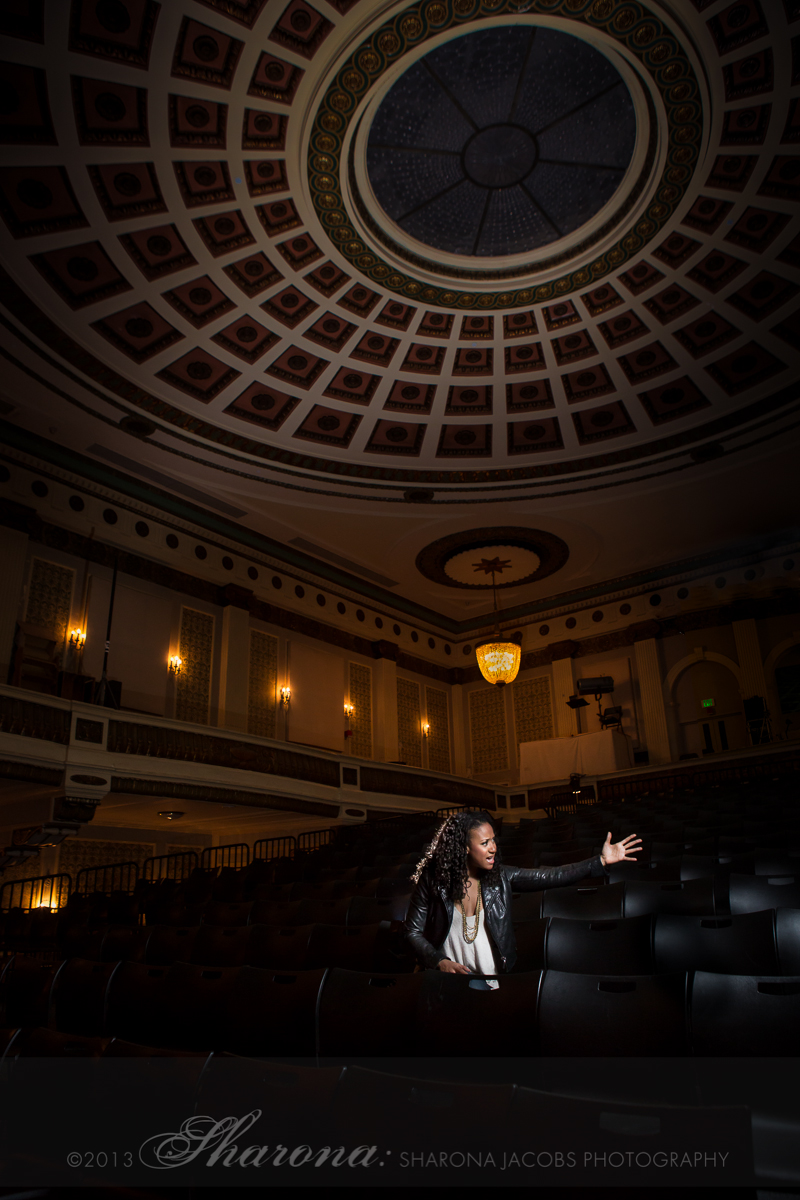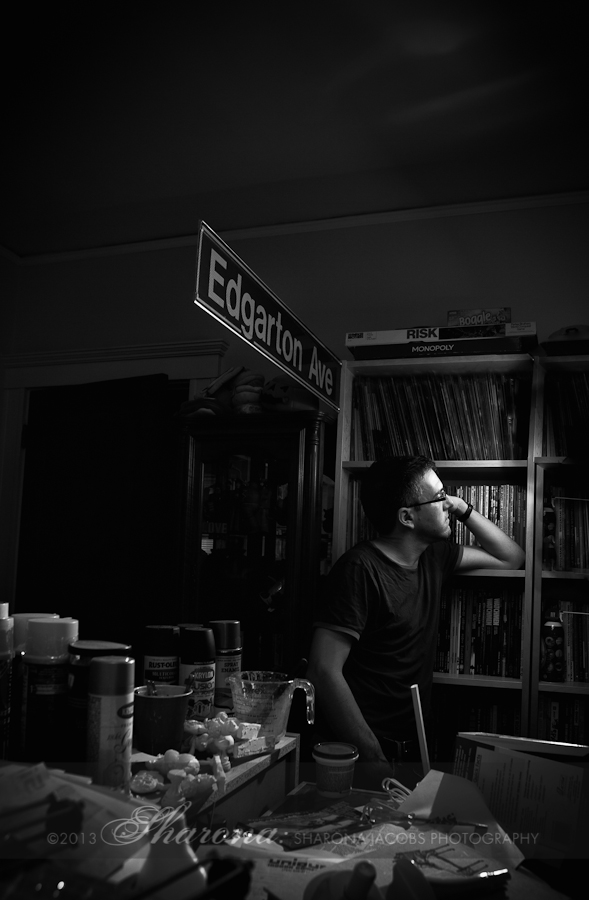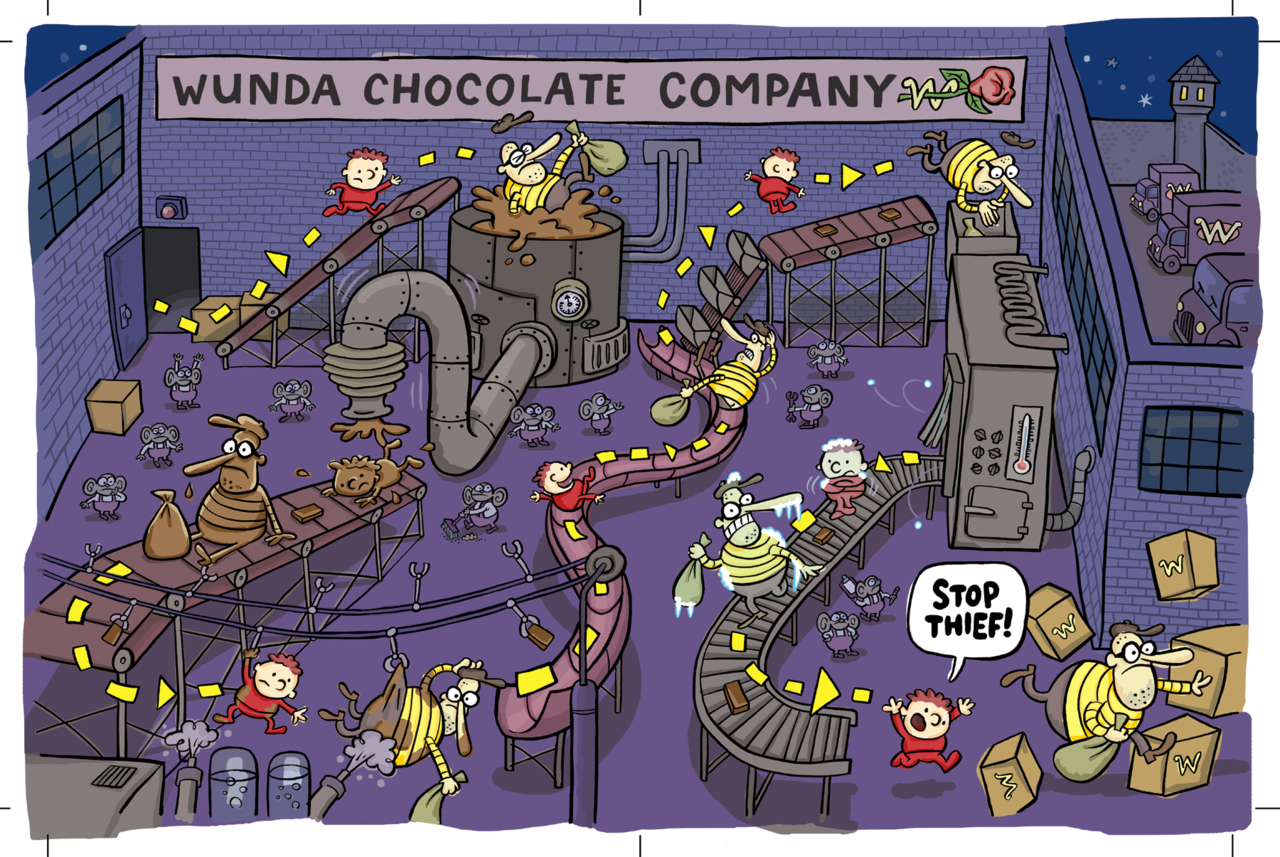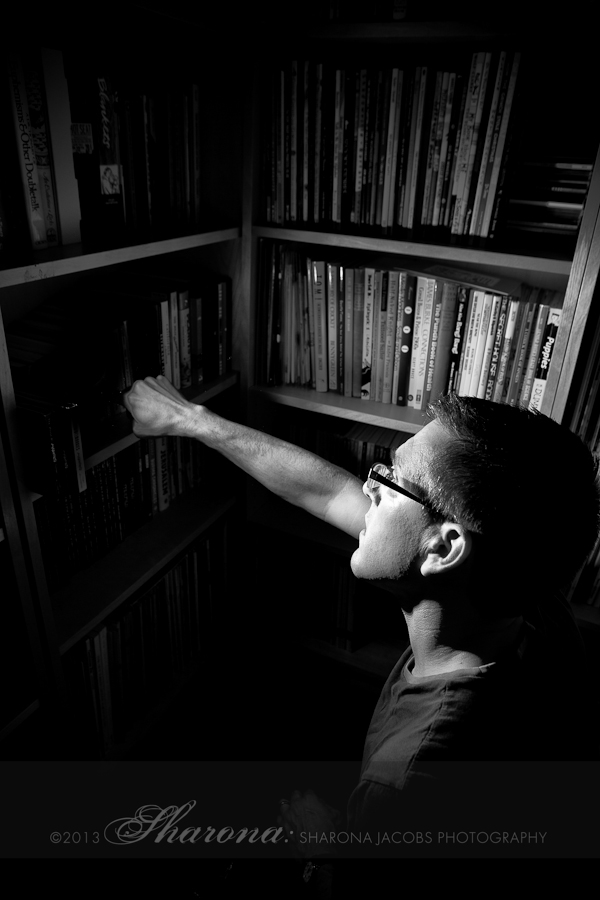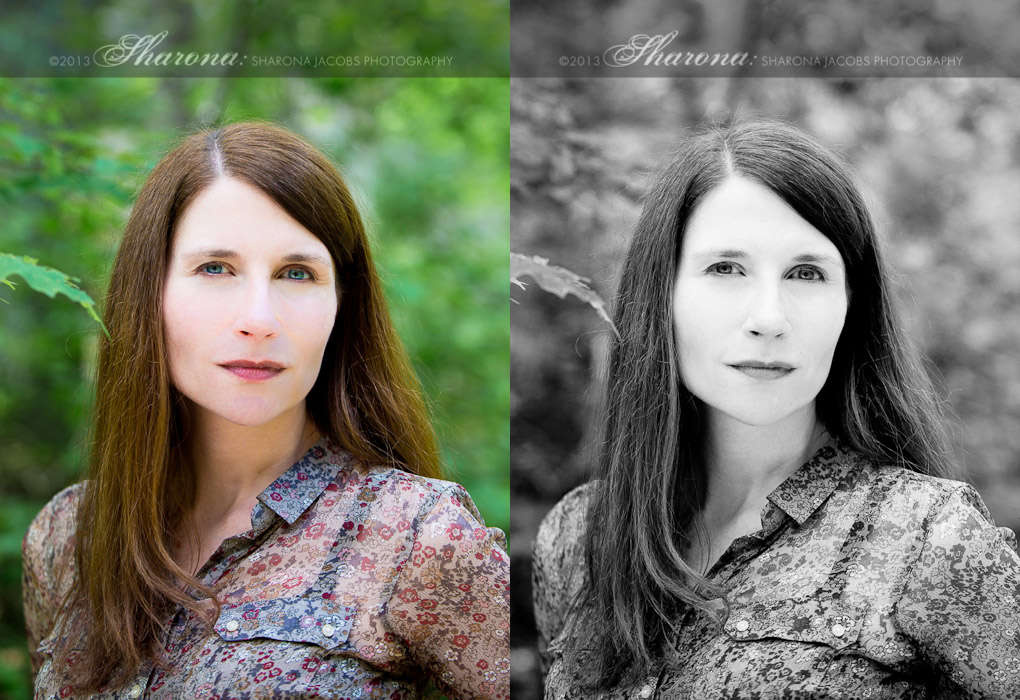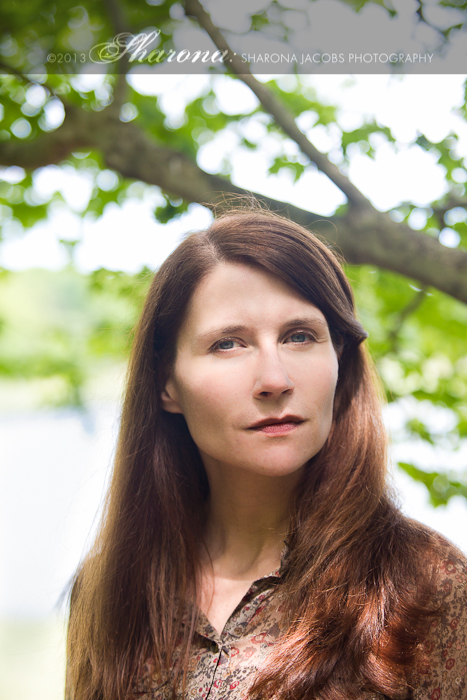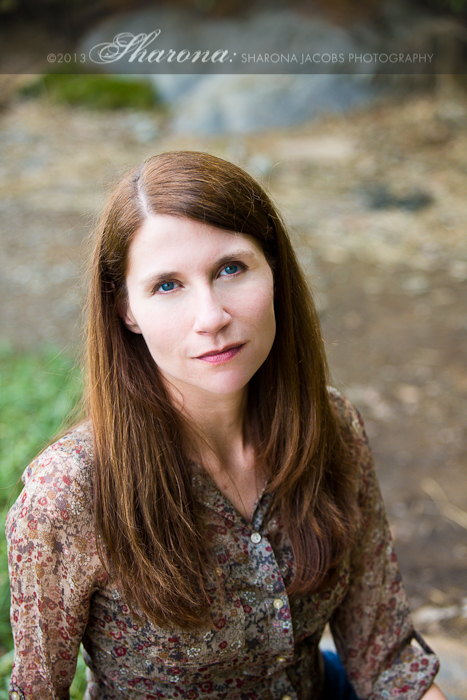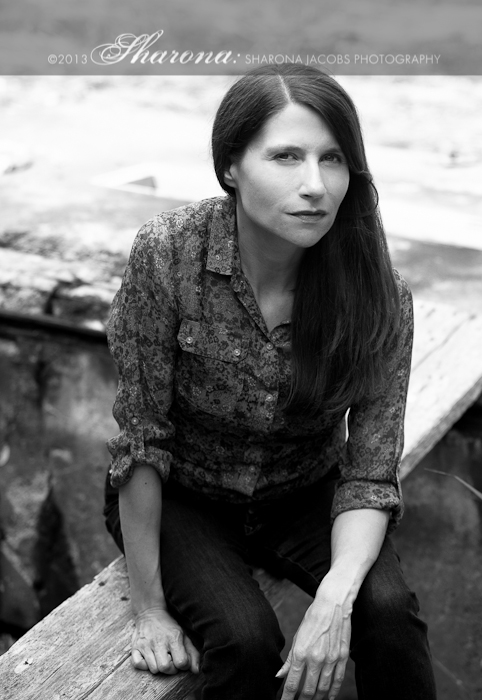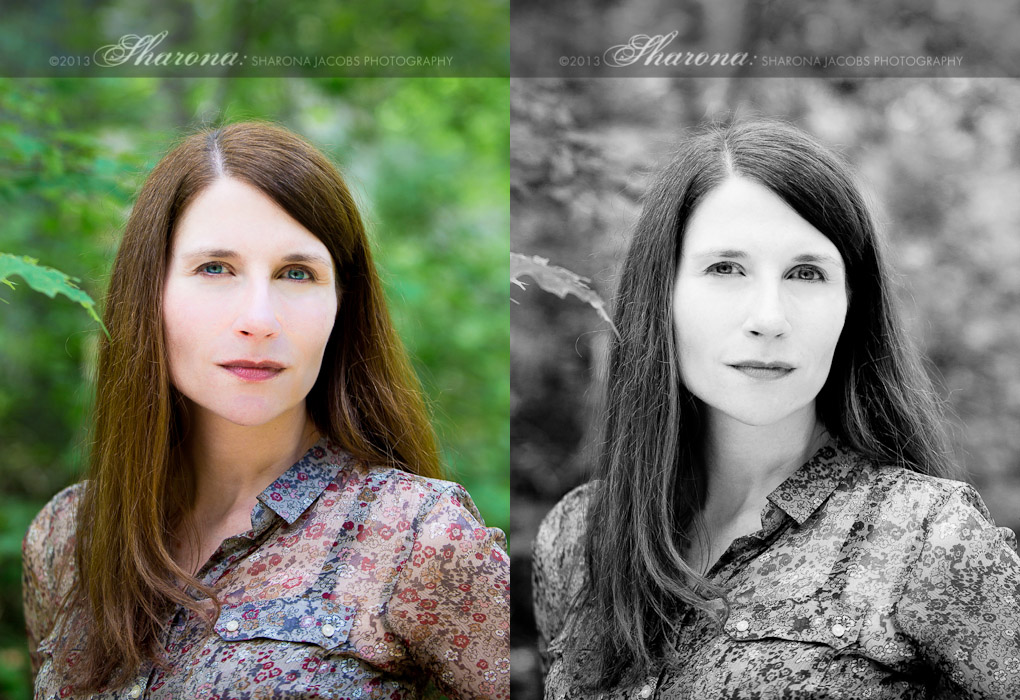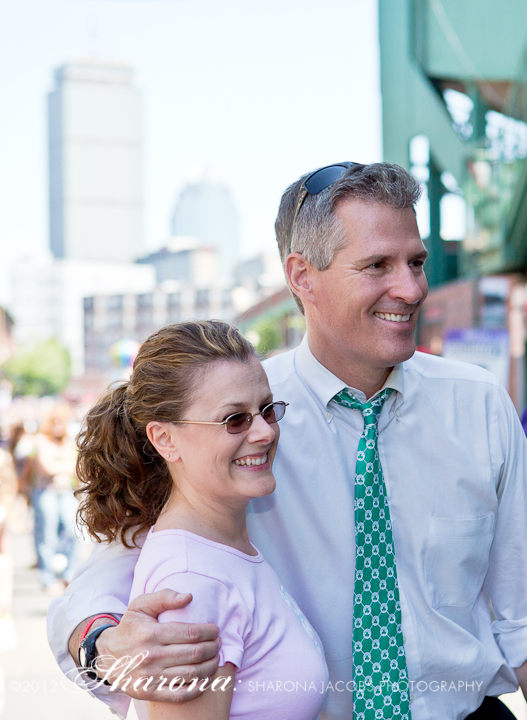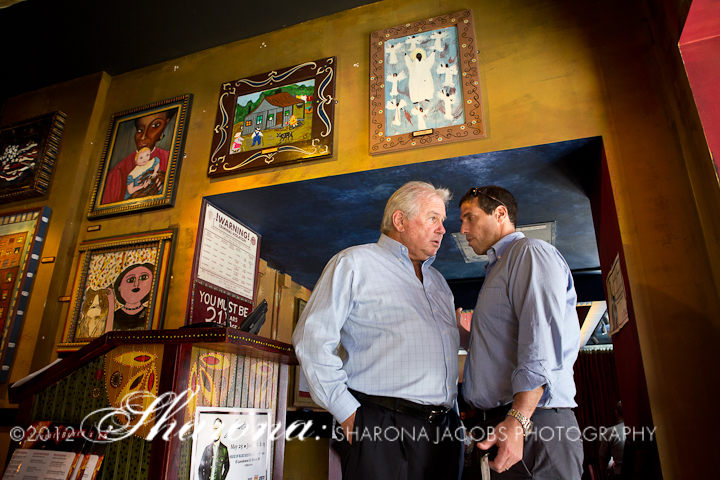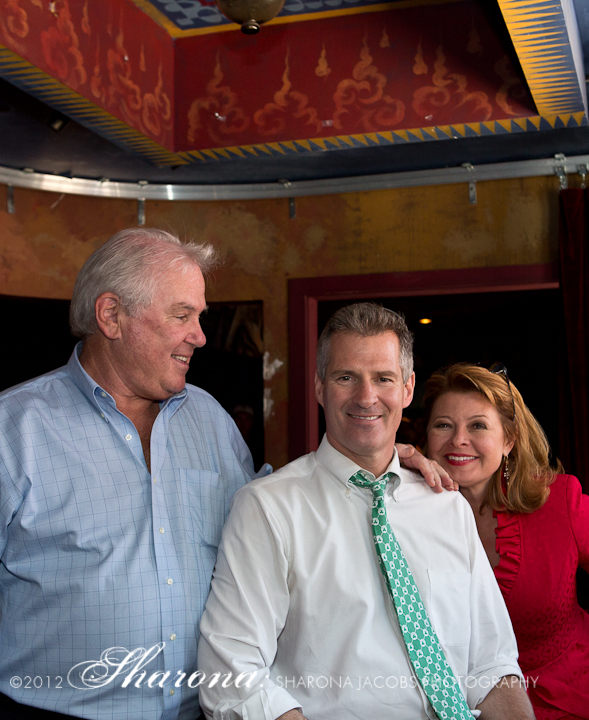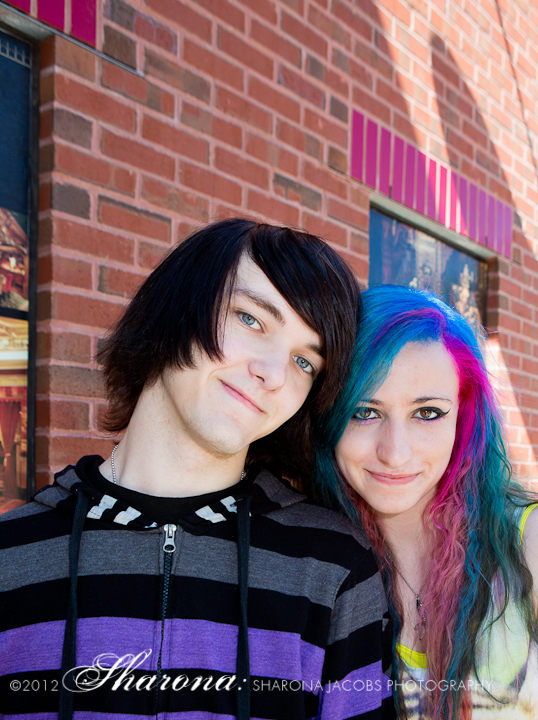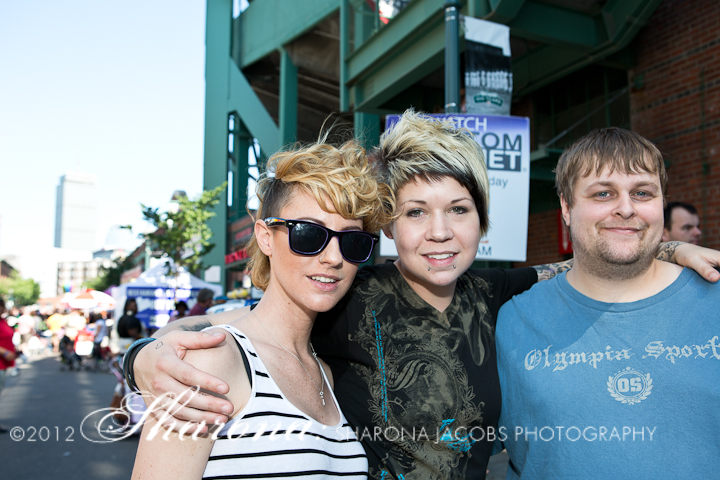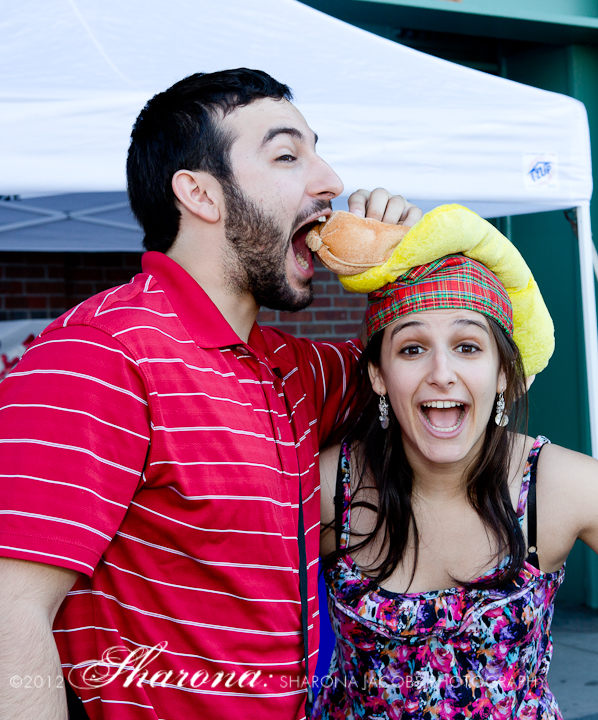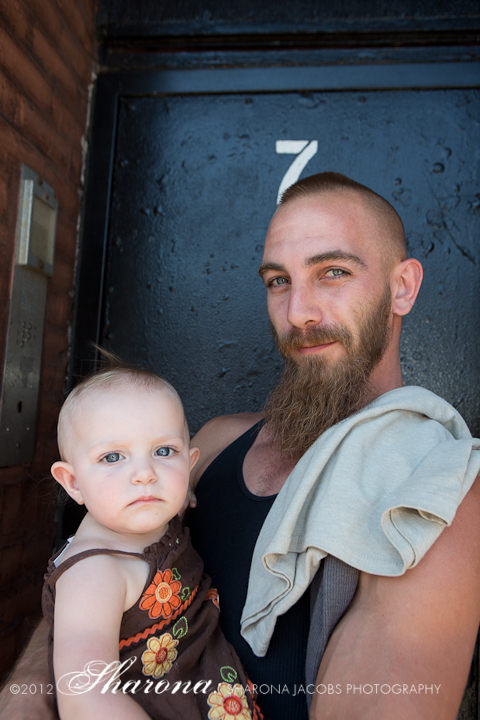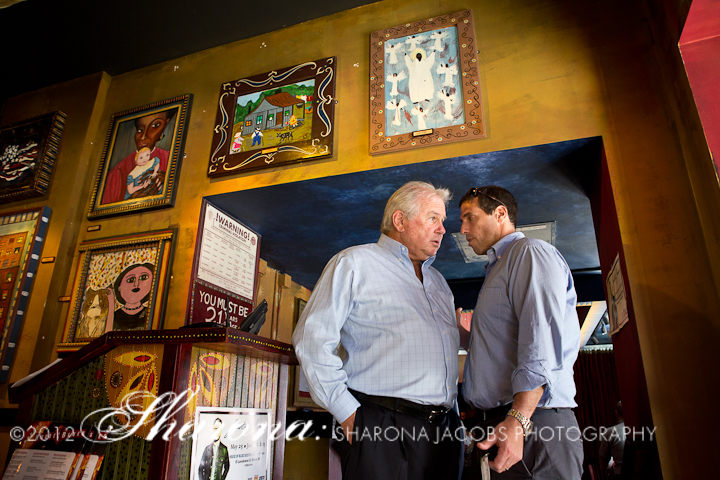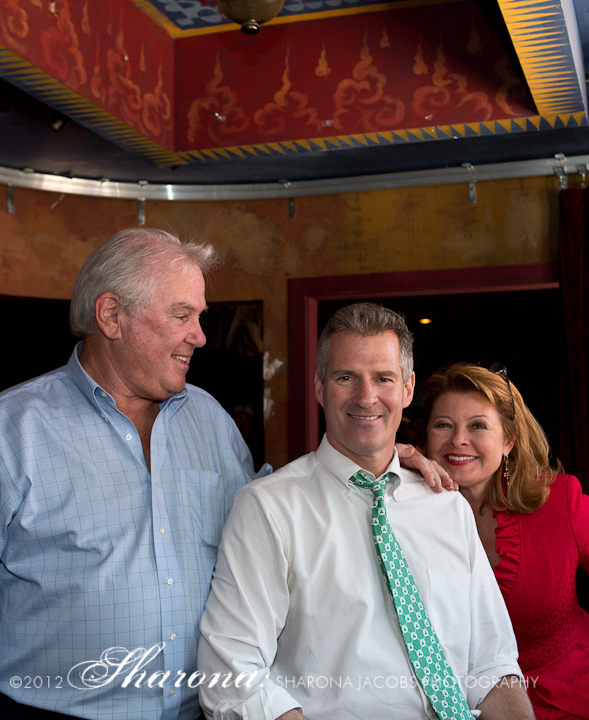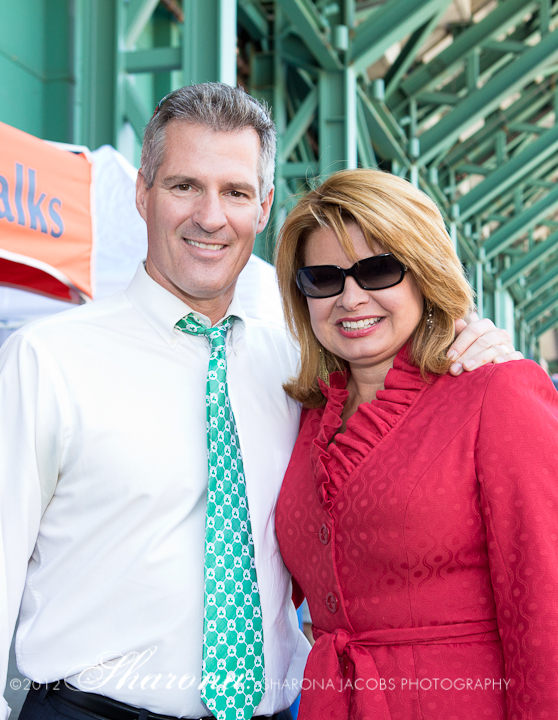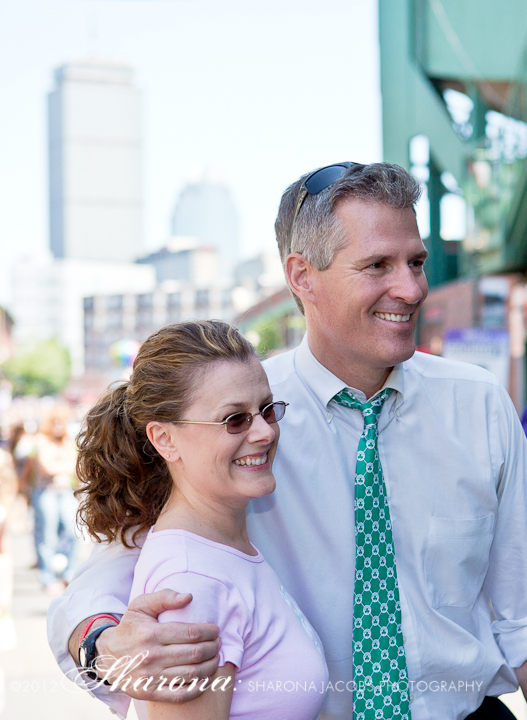Last week, I blogged about Manuel and Joe, two men I photographed for BNY Mellon and PFLAG, to showcase portraits of members of the LGBTQ community in order to raise awareness about Pride Month. Peter Tenggren, my contact at BNY Mellon who asked me to create this small group of work, sent me the below picture of the portraits, (printed by Bob Korn Imaging) now settled in the first of its four traveling stops throughout the Boston area for the month of June. I thought I'd share with you all the images, and very importantly, the words behind each person photographed, below.
The Pride Project
Artist’s Statement
I’m delighted to work with BNY Mellon and PFLAG, as a proud ally, to present this collection of five portraits of vibrant members of the LGBT community in honor of Pride Month. With each photograph, I worked to display the humanity, warmth, and intelligence of the person pictured; to show both their inner world as well as to document each person’s features, relationships, and character. Part of the process to create these images was to get to know what was important to each person, and to create a safe and warm environment so that each man and woman pictured would feel at ease to truly be themselves. My goal with each person photographed was to foster a genuine friendship and alliance enabling the viewer of the portrait to feel as though they had somehow already known the person in the photograph. As a portrait photographer, storyteller, and former psychotherapist, it is vital to me that each portrait creates a narrative and sense of recognition between the viewer and the viewed.
- Sharona Jacobs, June 4, 2015 www.sharonaphoto.com
Sharona Jacobs
The Pride Project
Amy and Lori, 2012
Archival Digital Pigment Print
20 x 30 inches
Amy:
“This portrait was taken hours before I married my best friend. It was amazing to have one of the best days of my life documented in such intimate and lovely detail. To me Pride is confidently walking down the street, holding hands with my wife while pushing our 18-month-old twins in their stroller. In the past 20 years my Prideful life has shifted from bar-fueled weekends to Saturday Gymboree outings. What hasn’t changed is me going about my out life in the most honest way possible.”
Lori:
"Pride is raising our children to know that Different doesn't mean Lesser. Differences are a good thing and we should always try to embrace what is different about ourselves and others. Our family might look a little different to some people, but it is full of love and laughter and both the family we were born with AND the family we chose."
Sharona Jacobs
The Pride Project
Mark, 2012
Archival Digital Pigment Print
20 x 30 inches
This portrait of Mark was taken the day Lori and Amy were married, and he and his partner hosted their celebration. Amy: "There’s the family you’re born with and the family you choose. Our chosen family includes two of the kindest, most generous people on the planet who opened their home to host our fabulous wedding.”
Sharona Jacobs
The Pride Project
Robin Lippincott, 2015
Archival Digital Pigment Print
20 x 27.4 inches
Robin: "I am a writer of literary fiction and nonfiction. I have two books coming out: Blue Territory: A Mediation on the Life and Work of Joan Mitchell (November 2015), and Rufus + Syd, a young adult novel co-written with Julia Watts (Spring 2016). I am also the author of the novels In the Meantime, Our Arcadia, and Mr. Dalloway, and the short story collection The 'I' Rejected. My fiction/nonfiction has appeared in over 30 journals, including "The Paris Review," "American Short Fiction," "Fence," "Memorious," "The Literary Review," "The New York Times Book Review," and others. I teach in the low-residency MFA Program at Spalding University. Simply put, pride means having the self-respect to be fully myself.”
Sharona Jacobs
The Pride Project
Manuel and Joseph, 2015
Archival Digital Pigment Print
20 x 26.5 inches
Manuel: "We are constantly making each other laugh. A common scene would include me talking about my day, but in Sofia Vergara's voice, followed by Joe bursting out laughing with his eyes shut, probably thinking to himself, "I hope this is only part of today's show, and not what I actually signed up for!" The roles reverse when Joe starts walking around the kitchen imitating a praying mantis while re-enacting a scene from Isabella Rossellini’s, "Green Porno" (which we went to see on our first Valentine). But life is not all about laughter and smiles. With our highly sensitive and introspective personalities, we often find ourseleves having to support and uplift each other, especially after reading one article too many about some form of injustice in the world. In this higly curated society driven by selfies and social media, we are proud to show all sides of our love, from laughter to tears. And as Milennials, we are thankful that we can safely show this connection outside of our private spaces (even if Joe sometimes shrugs off one too many of my PDAs)."
Sharona Jacobs
The Pride Project Joseph, 2012
Archival Digital Pigment Print
20 x 30 inches
Joe: "I have an innate fear of photographs. Perhaps it's from a youth deeply concerned with judgement and being misunderstood. Or perhaps it's because I've spent my life seeking out difference and broadening my knowledge, skills, experiences, and connections into the multi-faceted person I am today; I feared a portrait could not distill this. Yet Pride, for me, is an inversion of that fear. It is acceptance, celebration, and love for the diversity both within and outside ourselves. And it is in this light that I couldn't be more proud to show--at least an aspect of--our selves and our love.”

